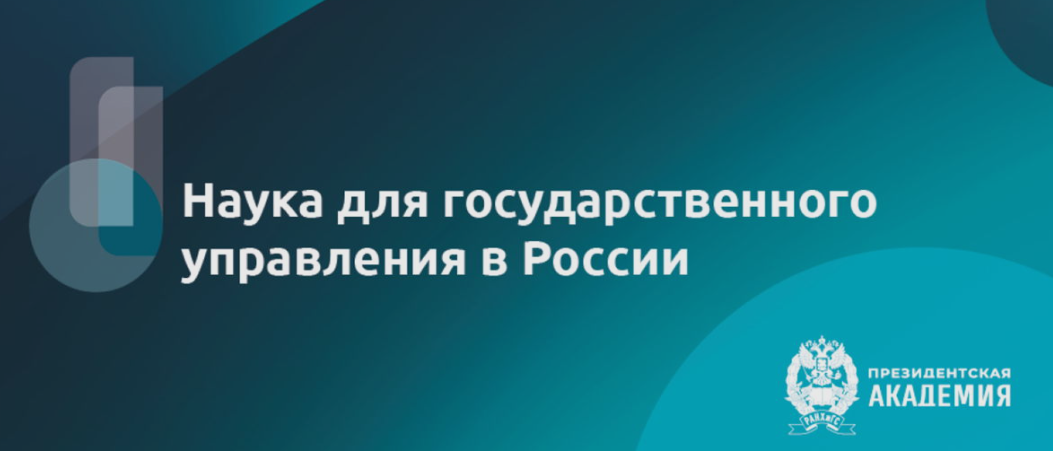Increasing R&D effectiveness: planning as a tool for reducing technological risk in engine development
https://doi.org/10.22394/2410-132X-2024-10-3-82-97
Abstract
This article presents the basics and results of applying the Lean R&D methodology in planning as a crucial tool for enhancing the success of innovative projects. By following a step-by-step process, the effectiveness of project execution is improved through a comprehensive list of key tests that increase in complexity. This approach simplifies early identification of potential issues and reduces the risk of errors during the design phase. A new lean planning method is introduced, including assessing the readiness of the designed product at the design stage based on a roadmap. It also involves analyzing the critical elements (CE) of the product and determining their current level of readiness. Additionally, a functional analysis of the CE is conducted, followed by separate planning for the development of each element. Finally, the project is checked against a set of criteria to achieve technology readiness levels (TRL+). The process of lean planning is demonstrated in the field of engine building through the case of integrated starter-generator (SG) development. Specific elements of the planning structure are considered, and a functional analysis of the SG’s CE is conducted for both internal and external primary and secondary impacts. Their interactions and control events are determined according to detailed TRL+ criteria, allowing for the reduction of technological risks, shorter project execution times, and increased efficiency in innovative technology development through the use of this planning tool
About the Authors
A. D. KondryakovRussian Federation
Arthur D. Kondryakov – Assistant and postgraduate student of the Department 203 “Design and Engineering of engines”; Head of the Stator Brigade in the Compressor Design Department
129301, Moscow, Kasatkina Street, 13
A. V. Sartori
Russian Federation
Andrey V. Sartori – PhD, Chief specialist of the Deputy General Designer Office
129301, Moscow, Kasatkina Street, 13
E. Ju. Marchukov
Russian Federation
Evgeny Ju. Marchukov – Corresponding Member, Russian Academy of Sciences, Doctor of Engineering Science, Professor, Head of the Department 205 “Technology of Aircraft Engine Production”
129301, Moscow, Kasatkina Street, 13
A. V. Solovieva
Russian Federation
Anastasiya V. Solovieva – Chief Designer
129301, Moscow, Kasatkina Street, 13
S. V. Chuklinov
Russian Federation
Sergey V. Chuklinov – Head of the Scientific and Educational Center for the Development of Engine Building Technologies
125993, Moscow, Volokolamskoe highway, 4
References
1. Blank, S. (2021). Lean Innovation Management – Making Corporate Innovation Work. Forbes. Retrieved September 11, 2024, from https://www.forbes.com/sites/steveblank/2015/06/25/lean-innovationmanagement-making-corporate-innovation-work/?sh=5ee0f0c87c6a
2. Carter, J. (2023). Innovation Strategic Planning Process. A Long Term Horizon for Product Planning. TCGen company website. Retrieved September 11, 2024, from https://www.tcgen.com/blog/strategic-planningprocess-innovation-long-term-horizon-product-planning
3. Charette, R.N. (2018). 4 Reasons Why NASA Projects Miss Deadlines and Blow Budgets. Retrieved September 11, 2024, from https://spectrum.ieee.org/gao-warns-of-deteriorating-costs-and-schedules-in-nasas-majorproject-portfolio
4. Dubos, G.F., Saleh J. H. (2010). Spacecraft Technology Portfolio: Probabilistic Modeling and Implications for Responsiveness and Schedule Slippage. AIAA Infotech@Aerospace. Retrieved September 11, 2024, from https://repository.gatech.edu/entities/publication/8247b40f-1807-4089-8d75-326176c73b06
5. GOST 2.711-82. Unified system of design documentation. The scheme of dividing the product into its component parts. (2020). Developed by Standartinform, Moscow: Standartinform. (in Russ)
6. GOST R57194.1-2016. Technology transfer. General provisions. (2016). Developed by Techrechservice LLC. Moscow: Standartinform (in Russ)
7. Kondryakov, A.D. (2022). The concept of electrification of an aircraft engine. 21st International Conference “Aviation and Cosmonautics”. Moscow. Abstracts. Moscow: Publishing house “Pero” (in Russ)
8. Little, A.D. (2014). Transformation by Radical Innovation. Retrieved September 11, 2024, from https://www.adlittle.com/sites/default/files/viewpoints/TIM_2014_Transformation_by_Radical_Innovation.pdf
9. Mavris, D.N., Bandte, O., & Brewer, J.T. (1998). A Method for the Identification and Assessment of Critical Technologies Needed for an Economically Viable HSCT. Retrieved September 11, 2024, from https://repository.gatech.edu/server/api/core/bitstreams/284a22d6-bb85–492a-9b81-cf3f109ffdce/content
10. Minko, I.S. (2014). Business planning of innovative projects: Textbook. St. Petersburg: ITMO Research Institute; ITMO University Institute of Refrigeration and Biotechnology. (in Russ)
11. Mitrofanova, Ya.S. (2020). A Hybrid Approach to Project Management of Business Digital Transformation. Vector of Science TSU. Series: Economics and Management, 3, 42–48. https://doi.org/10.18323/2221-5689-2020-3-42-48 (in Russ)
12. Oorschot, K. Van, Sengupta, K., Akkermans, H., & Wassenhove, L. Van. (2010). Get fat fast: Surviving stagegates in NPD. Journal of Product Innovation Management, 27(6). Retrieved September 11, 2024, from https:// doi.org/10.1111/j.1540–5885.2010.00754.x
13. PMBOK Guide (2017). A Guide To The Project Management Body of Knowledge (6th ed.). Project Management Institute. Retrieved September 11, 2024, from https://project-management.com/pmbok-guide-6-sixth-edition-abook-review/
14. Popov, V., Yepifanov, S., Kononykhyn, Y., Tsaglov, A. (2021). Get fat fast: Surviving stage-gates in NPD. Aerospace 2021, 8, 316. https://doi.org/10.3390/aerospace8110316
15. Sartori, A. (2022). Improving Research Performance Through Planning by Readiness Levels in Lean R&D. Economics of Science. 8(1), 4–21. https://doi.org/10.22394/2410-132X-2022-8-1-4-21 (in Russ)
16. Sartori, A.V., Gareev, A.R., Ilyina, N.A., Mantsevich, N.M. (2020). Application of the approach of readiness levels for various subject areas in lean R&D. Economics of Science, 6(1–2), 118–134. https://doi.org/10.22394/2410-132X-2020-6-1-2-118-134 (in Russ)
17. Sartori, A.V., Mantsevich, N.M. (2020). Model of innovative projects lean management based on risk accounting and numerical evaluation of the work stages economic expediency. Voprosy innovatsionnoy ekonomiki, 10(4), 2141–2164. https://doi.org/10.18334/vinec.10.4.110974 (in Russ)
18. Sokolov, M. (2017). Why does only 1% of startups succeed – and this is normal. Forbes. Retrieved September 11, 2024, from http://www.forbes.ru/tehnologii/339113-pochemu-vzletaet-tolko-1-startapov-i-eto-normalno (in Russ)
19. The Cost of Delay: How to Estimate and Reduce the Cost of Postponing or Missing a Project Deadline (2024). FasterCapital. Retrieved September 11, 2024, from https://fastercapital.com/ru/content/Цена-задержки–как-оценить-и-снизить-стоимость-переноса-или-пропуска-сроков-проекта.html (in Russ)
20. The Project Economy (2021). The website of the Project Management Institute. Retrieved September 11, 2024, from https://www.pmi.org/learning/library/beyond-agility-gymnastic-enterprises-12973
21. Urazbakhtin, R.R., Nurieva, A.M., Pronin, E.A. (2022). Electric Machine Selection for The Role of Integrated Starter-Generator. Bulletin of Tuva state University. Technical and Physical-Mathematical Sciences, 3 (98). 6–17 https://doi.org/10.24411/2221-0458-2022-98-06-17 (in Russ)
22. Wątróbski, J., Jankowski, J., Ziemba, P., Karczmarczyk, A., & Zioło, M. (2019). Generalised framework for multi-criteria method selection. Omega (United Kingdom), 86, 107–124. https://doi.org/10.1016/j.omega.2018.07.004
Supplementary files
Review
For citations:
Kondryakov A.D., Sartori A.V., Marchukov E.J., Solovieva A.V., Chuklinov S.V. Increasing R&D effectiveness: planning as a tool for reducing technological risk in engine development. Economics of Science. 2024;10(3):82-97. (In Russ.) https://doi.org/10.22394/2410-132X-2024-10-3-82-97

































